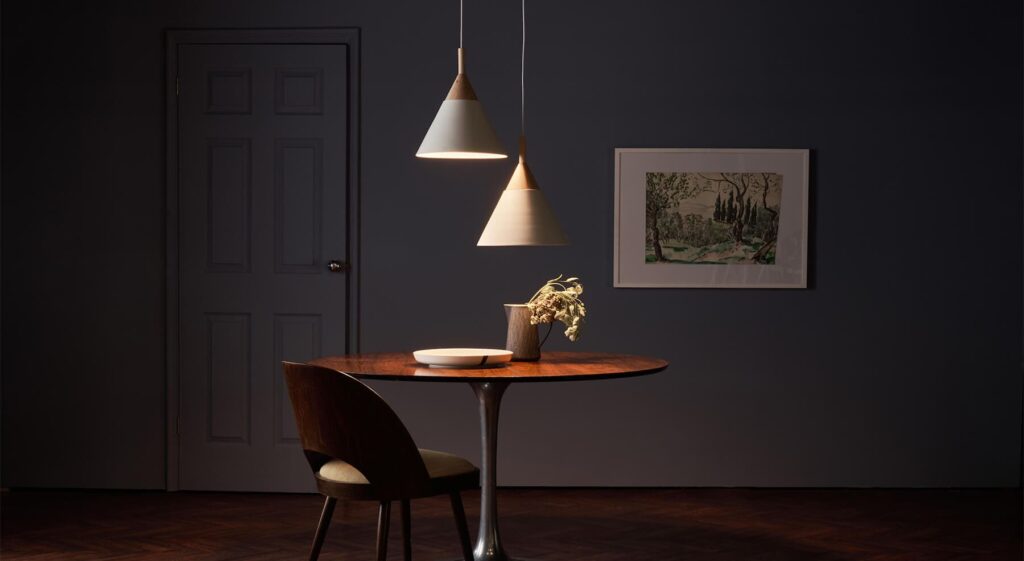Introduction
Choosing the right lighting fixtures for your home is more than just a matter of aesthetics—it’s about creating an environment that suits your lifestyle and enhances your living experience. With the vast array of options available, finding the perfect lighting can seem overwhelming. This guide aims to simplify the process by providing essential tips and insights to help you select fixtures that balance form and function, improve ambiance, and meet your practical needs.
Understanding Lighting Types and Their Uses
Lighting is a fundamental element in interior design, and understanding the different types can help you make informed decisions. There are three primary types of lighting: ambient, task, and accent.
- Ambient Lighting
- Definition: Ambient lighting provides overall illumination for a space. It’s the primary source of light in a room.
- Examples: Ceiling fixtures, chandeliers, and recessed lighting.
- Purpose: To ensure that every part of the room is well-lit and to create a welcoming atmosphere.
- Task Lighting
- Definition: Task lighting focuses on specific areas where activities are performed.
- Examples: Desk lamps, under-cabinet lights in the kitchen, and reading lights.
- Purpose: To provide sufficient light for tasks like reading, cooking, or working, reducing eye strain and improving functionality.
- Accent Lighting
- Definition: Accent lighting highlights specific features or areas of a room.
- Examples: Spotlights, track lighting, and wall sconces.
- Purpose: To create visual interest, emphasize artwork or architectural features, and add depth to a space.
Choosing the Right Fixtures for Each Room
Different rooms in your home have unique lighting needs. Here’s a breakdown of how to select appropriate fixtures for various spaces:
- Living Room: Opt for a combination of ambient lighting, such as a stylish chandelier or a large ceiling fixture, with task lighting like floor lamps or table lamps. Accent lighting can be added to highlight artwork or architectural details.
- Kitchen: Focus on bright, functional lighting. Use overhead fixtures for ambient light, task lighting for work areas (e.g., under-cabinet lights), and accent lighting to highlight features like a backsplash or a kitchen island.
- Bedroom: Create a relaxing atmosphere with soft ambient lighting, such as a ceiling fixture or bedside lamps. Task lighting can be added with reading lamps, and accent lighting can be used to enhance decorative elements or architectural features.
- Bathroom: Ensure proper illumination with bright, even lighting. Use overhead fixtures and wall-mounted sconces near mirrors for task lighting. Accent lighting can be used to add a touch of elegance or highlight design features.
Materials and Styles
The material and style of your lighting fixtures should complement the overall design of your home. Here are some popular options:
- Materials: Choose from metals, glass, crystal, and fabric. For a modern look, go for sleek metal or glass fixtures. Traditional spaces benefit from classic materials like crystal or antique finishes.
- Styles: Fixtures come in various styles, from contemporary and minimalist to vintage and industrial. Ensure the style of your fixtures aligns with your home’s decor theme to maintain a cohesive look.
Energy Efficiency and Technology
When selecting lighting fixtures, consider energy efficiency and the latest technology. LED lights are a popular choice due to their long lifespan and low energy consumption. Additionally, smart lighting systems can offer enhanced control and customization, allowing you to adjust brightness, color, and scheduling through your smartphone.
Table: Lighting Fixtures Comparison
| Fixture Type | Best For | Key Features | Pros | Cons |
|---|---|---|---|---|
| Ceiling Fixture | General lighting | Variety of designs, sizes | Provides overall illumination | Can be too bright or dim |
| Floor Lamp | Task lighting | Adjustable height, movable | Versatile and stylish | Takes up floor space |
| Table Lamp | Task lighting | Compact, portable | Good for reading, desk work | Limited coverage area |
| Wall Sconce | Accent lighting | Fixed or adjustable | Highlights specific areas | Limited to wall locations |
| Pendant Light | General/Task lighting | Hangs from the ceiling, adjustable | Adds decorative element | Requires ceiling installation |
Q&A
Q: How can I determine the right size of a chandelier for my dining room?
A: A good rule of thumb is to choose a chandelier that is approximately one-half to two-thirds the width of your dining table. For example, if your table is 48 inches wide, the chandelier should be between 24 and 32 inches wide.
Q: What type of lighting is best for reading areas?
A: Task lighting is ideal for reading areas. Look for adjustable lamps that provide focused light without causing glare. Consider options with dimming capabilities to adjust the light to your preference.
Q: How can I incorporate smart lighting into my home?
A: Smart lighting systems can be integrated into existing fixtures or installed with new ones. Choose smart bulbs that can be controlled via a smartphone app or voice assistant, and set up routines or schedules for convenience.
Conclusion
Selecting the perfect lighting fixtures for your home involves more than choosing stylish designs. It requires an understanding of how different types of lighting can be used to create the right ambiance, enhance functionality, and complement your home’s decor. By considering the types of lighting, fixture styles, and energy efficiency, you can make informed decisions that illuminate your space beautifully and efficiently.
Remember to assess your needs for each room, explore various materials and styles, and consider incorporating smart technology for added convenience. With the right approach, you can transform your home into a well-lit, welcoming haven that suits your lifestyle and enhances your everyday living experience.


